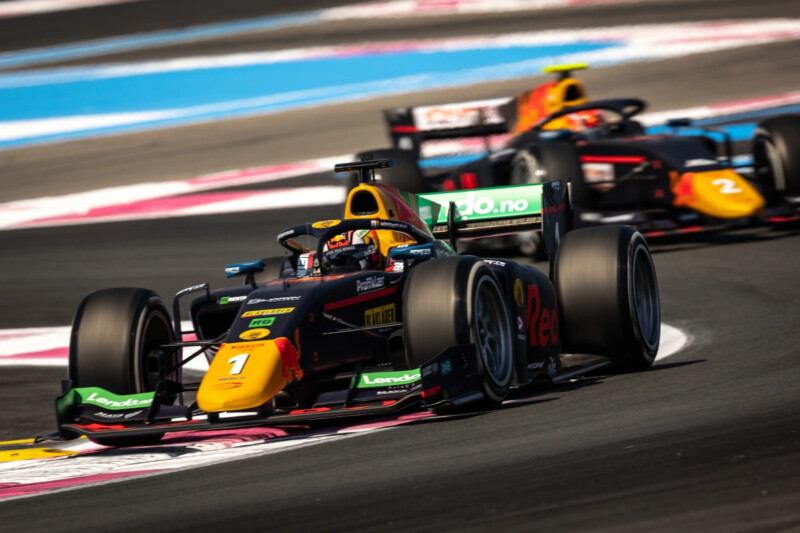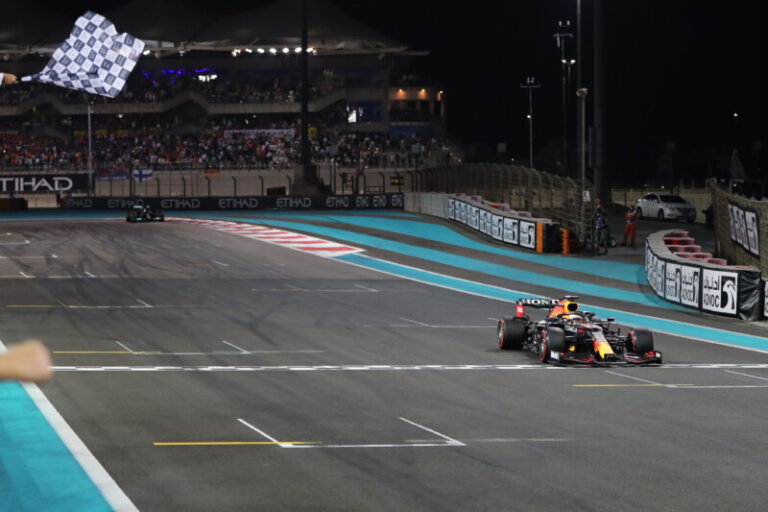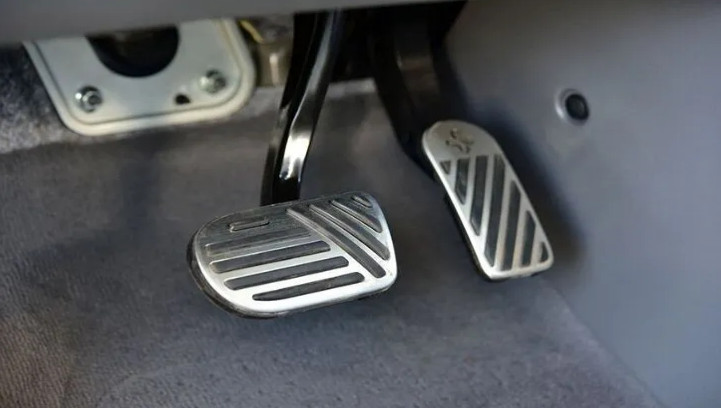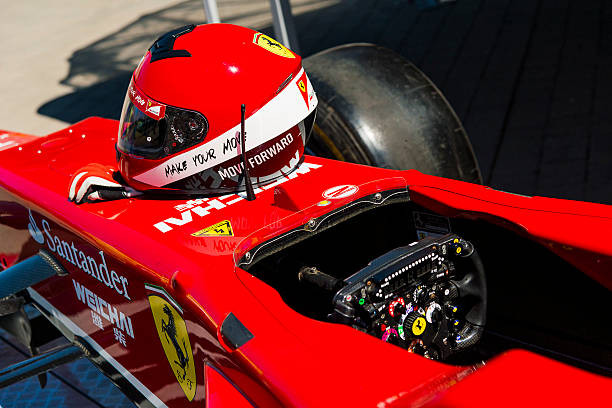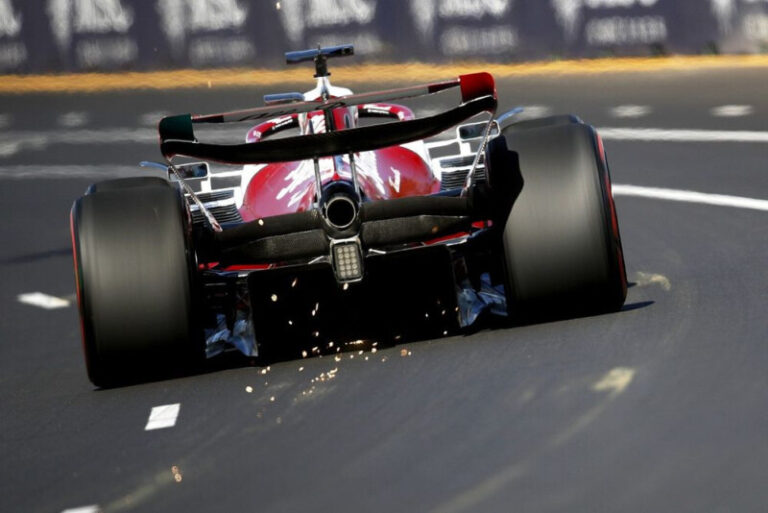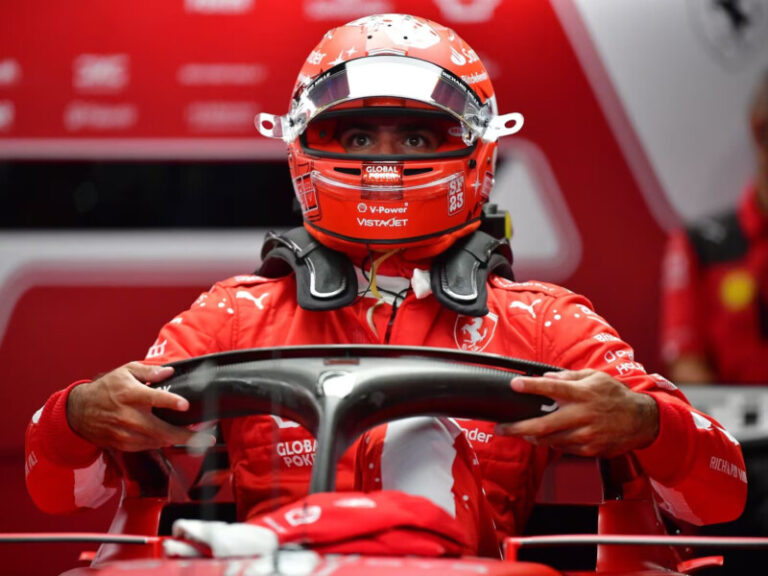The Road to Formula 1: An In-Depth Guide on How to Become an F1 Racing Driver
Becoming a Formula 1 racing driver represents the pinnacle of motorsport for many young talents with a passion for speed and racing. As I gaze up at the heroes of F1 deftly maneuvering their snarling machines at impossible speeds, I dream of one day joining their ranks at the top tier of open-wheel racing.
But the road to F1 is long and arduous, with only 20 coveted spots on the grid available to drivers from around the world. For aspiring racers, the path to Formula 1 may seem unclear, obscured by the mystique surrounding this elite motorsport category.
In this article, I aim to demystify the journey to F1 and provide an in-depth look at the key factors budding racers must consider to become Formula 1 drivers. With insights into the talent requirements, physical demands, financial investments, and strategic career moves needed, this guide will enlighten hopeful young karters about the realistic steps it takes to reach the pinnacle.
Natural Talent and Racing Instincts – The Foundation for Aspiring F1 Drivers
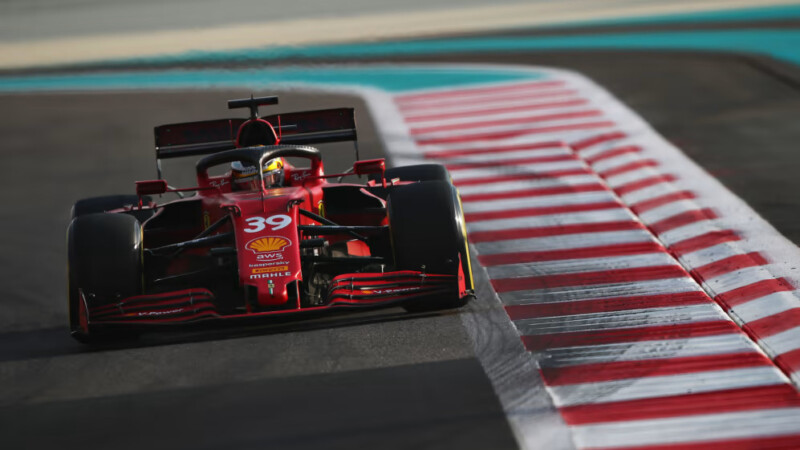
The first and foremost prerequisite is undeniable – raw talent and racing instincts separate great drivers from the rest. F1 demands the highest echelon of driving abilities, so only racers with an innate feel for operating vehicles at the limit get a shot. Evidence of exceptional car control from a young age is a must.
For most aspiring F1 stars, the journey starts as young as age 4 or 5 in karting. This baptism by fire builds encontrollable racecraft, situational awareness, and lightning reflexes. Young karters who dominate their local and regional competitions showcase the nascent abilities to handle an F1 car.
Leaving their mark through victories and championships in karting opens the door to advancement into faster junior formula series like Formula 4, Formula Renault, and Formula 3. Success here confirms their status as rising talents deserving of a seat at the pinnacle.
The Monetary Realities of Reaching Formula 1
Racing has always been an expensive venture, and F1 sits at the tippy top of the cost spectrum. Budgets in the millions are necessary just to compete in junior series, let alone F1. For parents of aspiring racers, the financial timeline can be daunting:
- Karting (Age 5-10) – $5,000 to $20,000 per year for equipment and race fees
- Junior Formulas (Age 11-17) – $250,000 to $500,000 per year covering cars, team support, travel, etc.
- F1 (Age 18+) – Over $15 million per year for top teams
Securing sponsorship backing early is essential to fund this pricey trajectory to F1. Personal contributions from family help, but corporate sponsors are the holy grail. Big brands can contribute millions in exchange for logo placement on cars and gear.
Some racers also bring “pay driver” money – direct funding in return for a race seat. Smaller teams rely heavily on pay drivers who literally pay for play. While controversial, money remains a pragmatic pathway for less-talented racers.
Physical Fitness as Vital as Racing Skill for Aspiring F1 Drivers
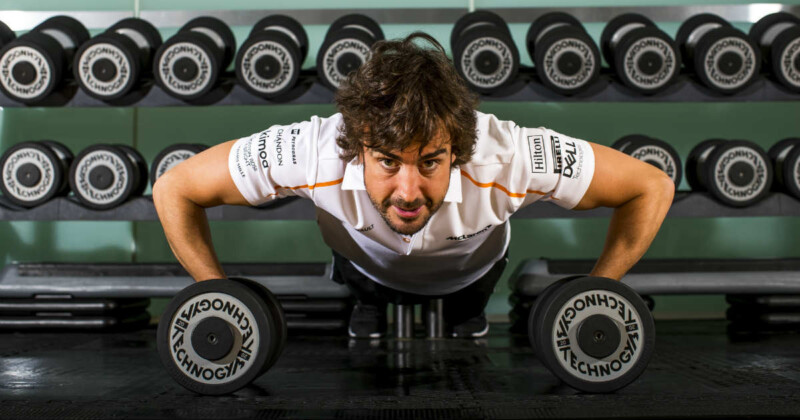
Mental racing acuity means little without the physicality to execute it. F1 drivers endure brutal forces exceeding 5G while battling rapid fatigue. Their necks must support whiplash heads in corners. Cockpit temperatures exceed 100°F drenching drivers in sweat.
So fitness underpins every aspect of an F1 driver’s preparation. Strength training builds essential neck muscles to resist g-forces. Cardiovascular endurance enables sustained peak performance for 2 hour races. Reaction drills hone hand-eye coordination and reflexes.
Fitness also factors into race strategy. More exhaustion in the Singapore GP heat requires compromises. So fitness directly impacts competitive outcomes, meaning aspiring F1 racers must become elite global athletes as well as racers.
Dedication to Racing Craft Sets Apart F1 Drivers
Reaching Formula 1 also demands complete dedication to racing as a craft. While natural talent provides a foundation, only commitment to continuous improvement unlocks F1 potential.
This means not just time spent racing, but also hours of race simulation, video analysis, and engineering debriefs. Tracking telemetry data helps identify strategic adjustments. Reviewing onboard footage cements instinctive racing behaviors. Communicating with engineers refines technical understanding.
Success-minded drivers also dutifully attend sponsor events and promotional activities that are crucial to advancing careers. And they embrace public appearances, media interviews, and social media outreach to build their brand value – while keeping training their main priority.
For prospective F1 racers, dedication must also mean sacrificing many typical youth pursuits in favor of single-minded racing focus. The career requires devotion beyond what most adults would consider reasonable. Only the truly committed survive.
Navigating the FIA Super Licence System
Since a Super Licence is mandatory for F1, navigating the complex FIA licensing process is also critical. A maze of requirements based on points earned in junior categories awaits aspiring F1 entrants.
Racers as young as 16 can apply for the licence upon reaching 32 points. But they only score:
- 10-20 points for a top season in Formula 2 or Formula E
- 6-10 points for a Formula 3 championship
- 1-2 points per win in junior formulas
With only 33 Super Licence spots available, competition is cutthroat. So researching the licensing system and targeting attainable point thresholds should happen early.
Some debate exists around the fairness of the points allocation. But understanding the intricate Super Licence rules remains an essential milestone in securing that coveted F1 seat.
The Power of F1 Junior Academies
In hopes of grooming future star racers, many Formula 1 teams operate junior driver academies that novice competitors should consider. Acceptance into a program like Mercedes or Red Bull junior team brings huge advantages.
The academies provide unmatched coaching from former F1 drivers on skills like race starts, tire management, and fuel saving. Rigorous training facilities like driving simulators rapidly accelerate development. And junior racers gain access to F1 personnel and cars for testing.
Most importantly, the financial backing from F1 teams alleviates the fiscal burdens faced by young racers. Red Bull covers the junior program budgets of its racers completely, allowing them to concentrate on driving.
Graduates like Max Verstappen prove the potential when top talents combine with the specialized grooming of F1 academies.
Putting It All Together – A Roadmap to Formula 1
The ingredients for ascending to the peak of motorsport are now clearer. For any talented young karter with F1 aspirations, here is a roadmap summarizing the key milestones:
- Age 5-8 – Get started in karting and achieve local/regional success. Secure family/sponsor funding.
- Age 9-13 – Continue karting achievements. Attract interest from driver academies.
- Age 14-17 – Transition to cars in Formula 4/Renault proving talent. Keep seeking sponsors.
- Age 18-21 – Achieve results in Formula 3/Formula 2 earning Super Licence points.
- Age 21+ – Obtain Super Licence, apply to F1 teams/academies, and continue developing skills.
With proper dedication and guidance, promising racers can make this monumental leap to the big leagues. Stay focused, stay hungry, and chase the checkered flag to Formula 1.
Let the F1 Dream Motivate Your Racing Journey
Any aspiring racer understands the distant dream of black F1 cars rocketing by in a blur, iconic helmets bobbing along straightaways. But realizing this dream takes immense talent, funding, training, and determination over a decade-plus.
While the path remains ardous, the motivational pull of F1 can fuel young racers through karting weekends, sponsor pitching, and workout routines. Keep picturing the glitz of Monaco and roar of engines at Monza. With the right commitment, one day that F1 fantasy can become a reality.
So soak up all the knowledge possible about the route to the top. Seek mentors who have made the trek. Then get on track, chase every apex, and start living your racing adventure. Stay confident that with hard work and passion, you can join Lewis Hamilton and Max Verstappen at the pinnacle.

